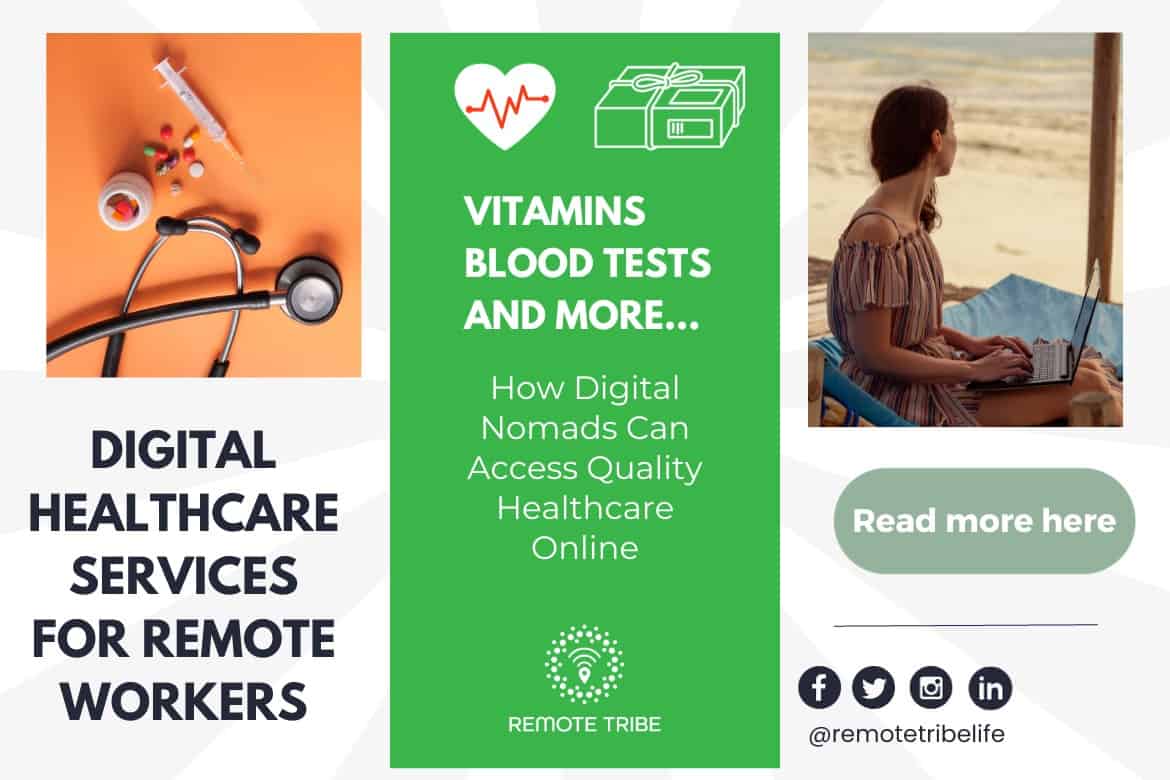Discovering the Development of Subscription Based Healthcare in the Digital Age
Discovering the Development of Subscription Based Healthcare in the Digital Age
Blog Article
Comprehending the Cost-Effectiveness of Subscription-Based Health Care Models
As the medical care landscape develops, subscription-based versions arise as a compelling option, promising to redefine just how individuals take care of clinical costs. Evaluating these models' cost-effectiveness necessitates a nuanced contrast with conventional insurance coverage, considering both monetary implications and person satisfaction. While they use openness and predictability in expenses, inquiries stay concerning their ability to satisfy varied medical care needs, especially for specialized therapies. The viewpoints of medical care suppliers even more complicate this equation, providing a diverse obstacle. What does the future hold for these designs, and can they absolutely supply on their promise of obtainable, budget-friendly treatment?
Introduction of Subscription-Based Versions
Subscription-based medical care versions, often described as direct medical care or attendant medication, are increasingly obtaining attention as a potential service to ineffectiveness within traditional health care systems. These models operate the principle of offering patients direct access to doctor with a yearly or month-to-month charge, bypassing the need for traditional insurance policy devices. This plan aims to streamline patient-provider interactions by lowering administrative concerns, which often impede tailored and prompt care.
At the core of subscription-based models is the focus on a much more customized person experience. Individuals take advantage of boosted access to their doctors, usually including next-day or same-day visits, extended appointment times, and straight interaction channels such as phone or video clip telephone calls. This design fosters a positive strategy to medical care, where suppliers and patients can collaboratively concentrate on preventative care and persistent condition management.

Price Contrast With Traditional Insurance Coverage

One of the primary economic benefits of registration designs is transparency in prices. On the other hand, conventional insurance coverage may be extra helpful for individuals requiring specialized treatment or costly treatments not covered under a registration design, as they benefit from the more comprehensive protection network and cost-sharing mechanisms.
Nevertheless, cost-effectiveness is context-dependent. While subscription designs might use savings for those mostly needing health care, people with persistent conditions or specialized medical care needs may locate conventional insurance policy much more thorough. Evaluating certain medical care requirements and prospective use is crucial in identifying the most economical alternative for individuals.
Effect On Individual Contentment
Client fulfillment within subscription-based medical care versions frequently shows a considerable enhancement over typical insurance policy systems. This enhancement is primarily credited to the customized care and availability these designs use. People regularly report greater contentment as a result of lowered delay times and the convenience of organizing consultations. Unlike typical systems, where people could experience hold-ups in obtaining treatment, subscription-based designs make sure more timely and straight communications with medical care carriers.
Additionally, the transparency in costs linked with subscription-based health care reduces the usual stress connected to unexpected costs and complex payment processes seen in traditional insurance policy (subscription based healthcare). Clients value understanding the specific monetary dedication upfront, resulting in increased depend on and confidence in their health care management
Furthermore, the focus on preventive learn this here now treatment and wellness in membership versions contributes to boosted health results, further improving person complete satisfaction. By concentrating on ongoing health and wellness upkeep as opposed to anecdotal treatment, patients experience an even more alternative and continual medical care trip.
Additionally, the improved provider-patient partnership fostered in these designs, defined by even more time invested per patient and individualized focus, plays an essential function in raising person satisfaction levels, as clients really feel truly looked after and understood.
Service Provider Experiences and viewpoints
From the copyright's viewpoint, subscription-based healthcare models provide a transformative method to providing medical services. These designs highlight a positive and preventative health care method, enabling suppliers to concentrate on thorough person treatment without the restrictions of standard fee-for-service plans (subscription based healthcare). This shift in focus frequently results in improved patient end results and raised copyright contentment, as medical care experts can designate more time and resources to person involvement and customized care strategies
Additionally, membership models facilitate foreseeable profits streams, which enhance economic security for health care service providers. This predictability permits boosted resource planning and appropriation, adding to a more reliable health care delivery system. Carriers can invest in staff training, infrastructure, and modern technology renovations, thus boosting the high quality of treatment provided.
Nonetheless, the transition to subscription-based models is not without difficulties. In spite of these difficulties, several providers find that the benefits of enhanced individual communication and structured procedures surpass the first obstacles, making subscription-based versions an eye-catching option.
Future Prospects and Challenges

A key difficulty is regulatory conformity, as membership models have to abide by developing healthcare plans and insurance needs. This requires continuous adjustment and development to ensure positioning with legal criteria. Additionally, incorporating these designs right into existing health care frameworks can be complicated, calling for considerable financial investments in innovation and training.
There is redirected here also the prospective threat of producing injustices in health care accessibility, as subscription versions might prefer those that can afford them, leaving at risk populations underserved. Addressing this calls for thoughtful consideration of rates strategies and subsidy devices to guarantee inclusivity.
Final Thought
Subscription-based healthcare designs offer a viable option to typical insurance by using economic predictability and transparency, especially profiting people with chronic conditions or regular medical care needs. The cost-effectiveness of these designs rests upon specific healthcare usage patterns and situations. While they might boost patient complete satisfaction and enhance budgeting, obstacles continue to be in addressing specialized care requirements. Future factors to consider consist of stabilizing thorough coverage with affordability and integrating these designs check my source within the wider health care system for ideal results.
Subscription-based healthcare designs, often referred to as straight key treatment or attendant medication, are progressively obtaining interest as a potential service to ineffectiveness within conventional healthcare systems. Unlike traditional systems, where people could experience hold-ups in receiving treatment, subscription-based versions make sure more direct and prompt communications with health care companies.
These models stress a aggressive and preventative healthcare approach, enabling service providers to concentrate on detailed client treatment without the restrictions of traditional fee-for-service setups. As these designs proceed to get traction, they use the potential to change individual access to care, enhance service shipment, and optimize health care spending.Subscription-based health care models present a viable option to traditional insurance coverage by offering monetary predictability and openness, especially profiting individuals with chronic problems or frequent health care demands.
Report this page